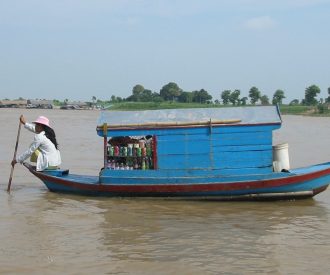By Ted Scull.
First timers thinking about expedition cruises to the Arctic, Antarctic, the Galapagos or remote South Pacific islands often come to this new venture with many questions and perhaps some anxiety about what it will be like.
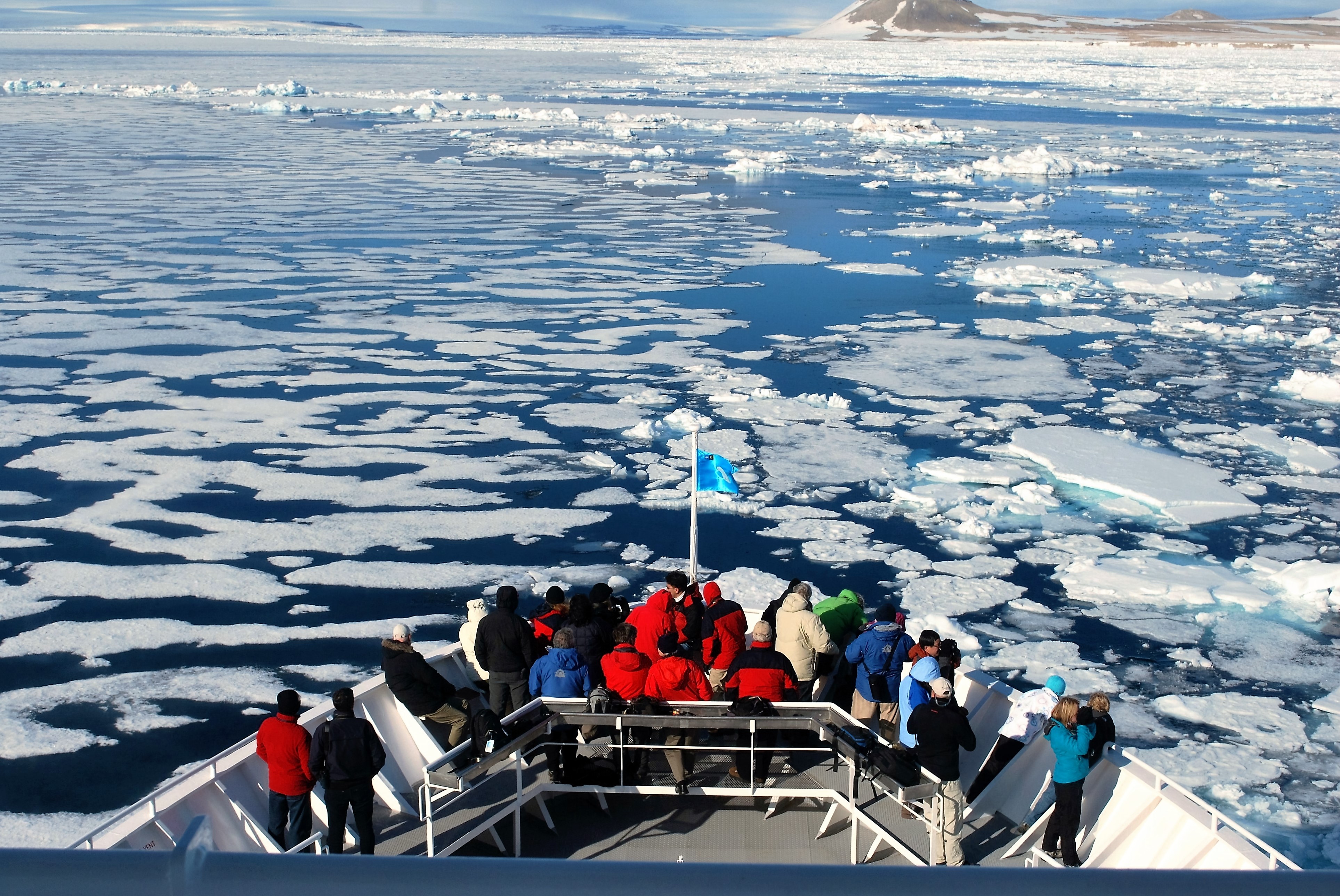
Pushing through ice flows. * Photo: Ted Scull
Steve Wellmeier, a long-time veteran in the small-ship cruise industry who now focuses on polar cruising to the Arctic and Antarctica, has a few pointers to share.

Steve Wellmeier
Safe and sound
He finds novice passengers are often concerned about safety, especially in remote places, the ease of getting ashore, possible seasickness on the small ship, and whether there will be enough to do in places that seem so bleak regardless of how beautiful the brochure pictures look.
As expedition cruising has matured and grown into a significant niche in the cruise industry, Wellmeier says that, “Ship owners and charterers have responded to these worries by training the staff on board to elicit the passengers’ trust straight away.” That first meeting between them is crucial in creating a professional and personal relationship that will have the passengers gradually release their concerns and begin to thrive on their adventure.
As support, the ship officers and expedition staff have better hardware: improved radar and sonar for navigation and better weather forecasts that allow the ship to alter course to seek out smoother waters. A resources manual for the officers and staff gives them extra options about landing locations and what wildlife might be present.
That flexibility does not always apply to the Drake Passage crossing enroute to the Antarctic Peninsula, though the increasing number of small ships with fin stabilizers does lessen the movement in beam seas (waves coming broadside).
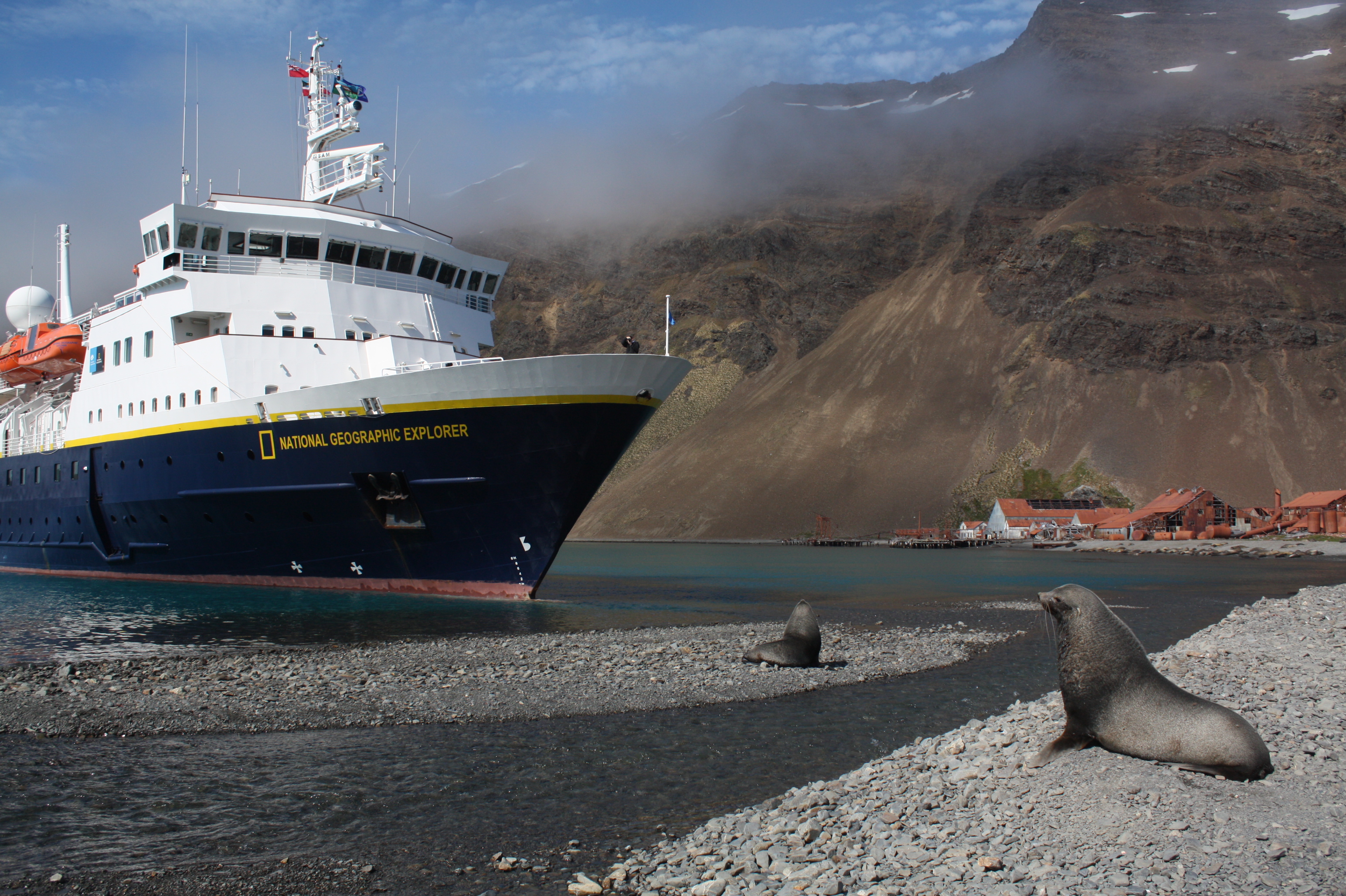
Some cute seals greet the NGEX. Photo: Lindblad Expeditions
There’s little roughing it on an expedition cruise
In addition, many vessels now have more cruise ship amenities, better accommodations, improved food and high-tech features to elevate the overall experience.
Wellmeier says that, “Passengers coming from the bigger ships already have expectations about what they want in terms of comforts and variety of activities, and the newer breed of expedition vessel will likely satisfy them once they get used to the smaller size.” When it’s a 400- or 500-passenger ship, the difference won’t seem that great compared to a wee one that handles 100 to 200.
I personally find that small ships seem much larger and more complex once you are aboard compared to eyeing them for the first time as you approach the pier.
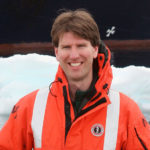
Ben Lyons
Smaller has great advantages, especially with the ease of going ashore in Zodiacs, not in relays of an hour for each group, but all at once to provide ample time to get the feel of your surroundings, perhaps populated by lounging seals and walrus or the endless antics of penguins that bring joy to all those around you.
That brings in Ben Lyons who is CEO of EYOS Expeditions, a firm that provides expedition staff and enhances itineraries for cruise vessels and private yachts, and is licensed as a ship’s captain.
Wildlife is the big draw
When I asked him what excites passengers when they first arrive in the Arctic or Antarctica, Lyons says that it’s the initial encounters with wildlife. “In Svalbard in the Arctic, it is approaching a polar bear on an ice flow, and if curious, watching it come slowly to the ship, sometimes close enough to be able look straight down on it from the bow.” Disciplined passengers will maintain complete silence.
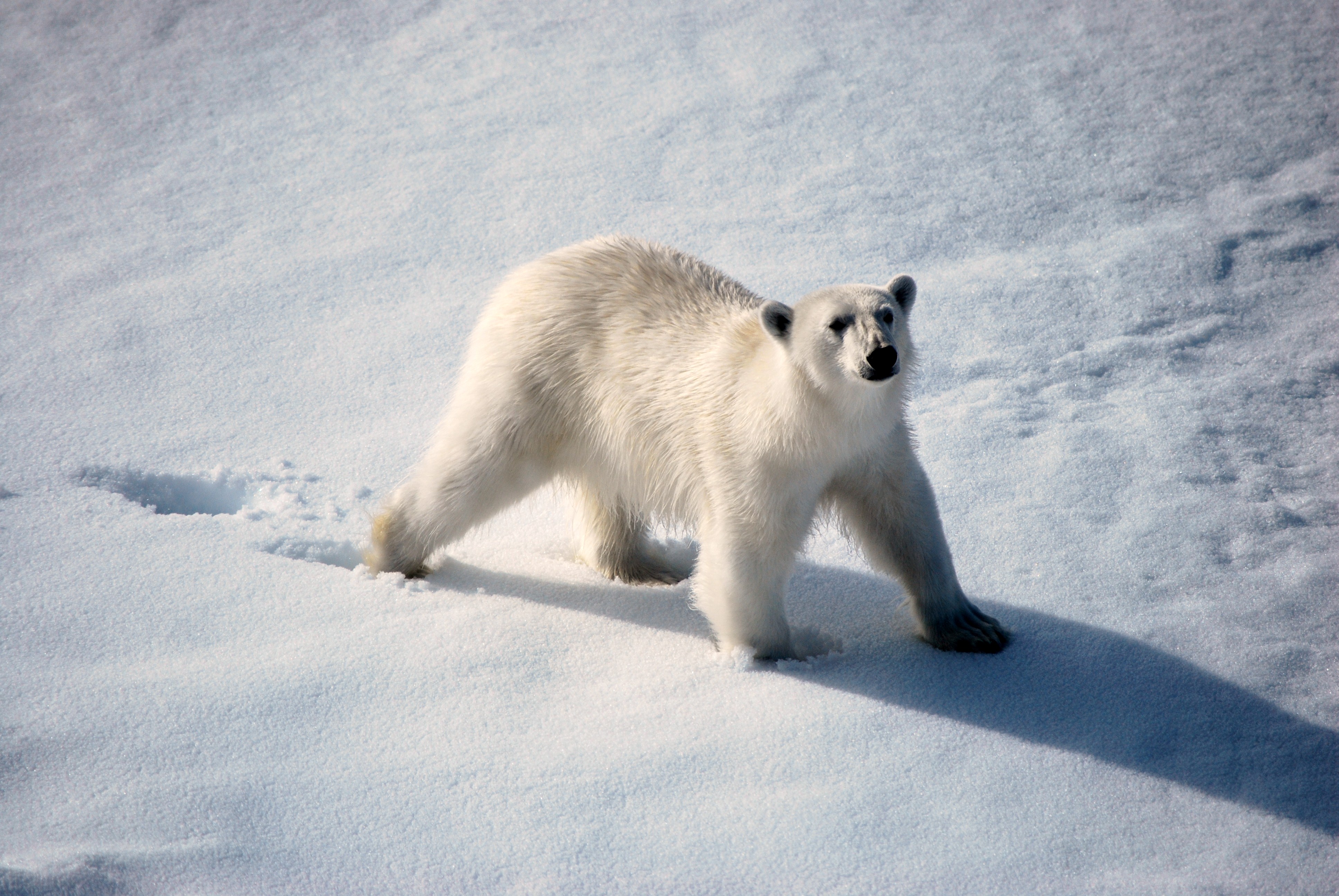
White on white, seeing a polar bear from the ship in the Arctic. * Photo: Ted Scull
In the Antarctic, it’s those funny-looking penguins, sometimes scores or even hundreds of them doing their wobbly walk or suddenly leaping from the ocean to land upright on the beach.
The connection to wildlife is an ongoing pleasure, but if ice is present and the ship has a sufficiently high ice class, then standing forward ahead of the ship’s bridge and watching the bow breaking through the ice fields leaves an indelible picture of the polar regions’ beauty.
The specter of bad weather
Lyons says: “Bad weather can put a damper on the cruise if passengers cannot get ashore for a day or so, but knowing the territory and relying on good navigational tools can give a captain the option to find a new area that is protected and suitable for going ashore or be surrounded by floating ice showing a range of colors and endless shapes.”
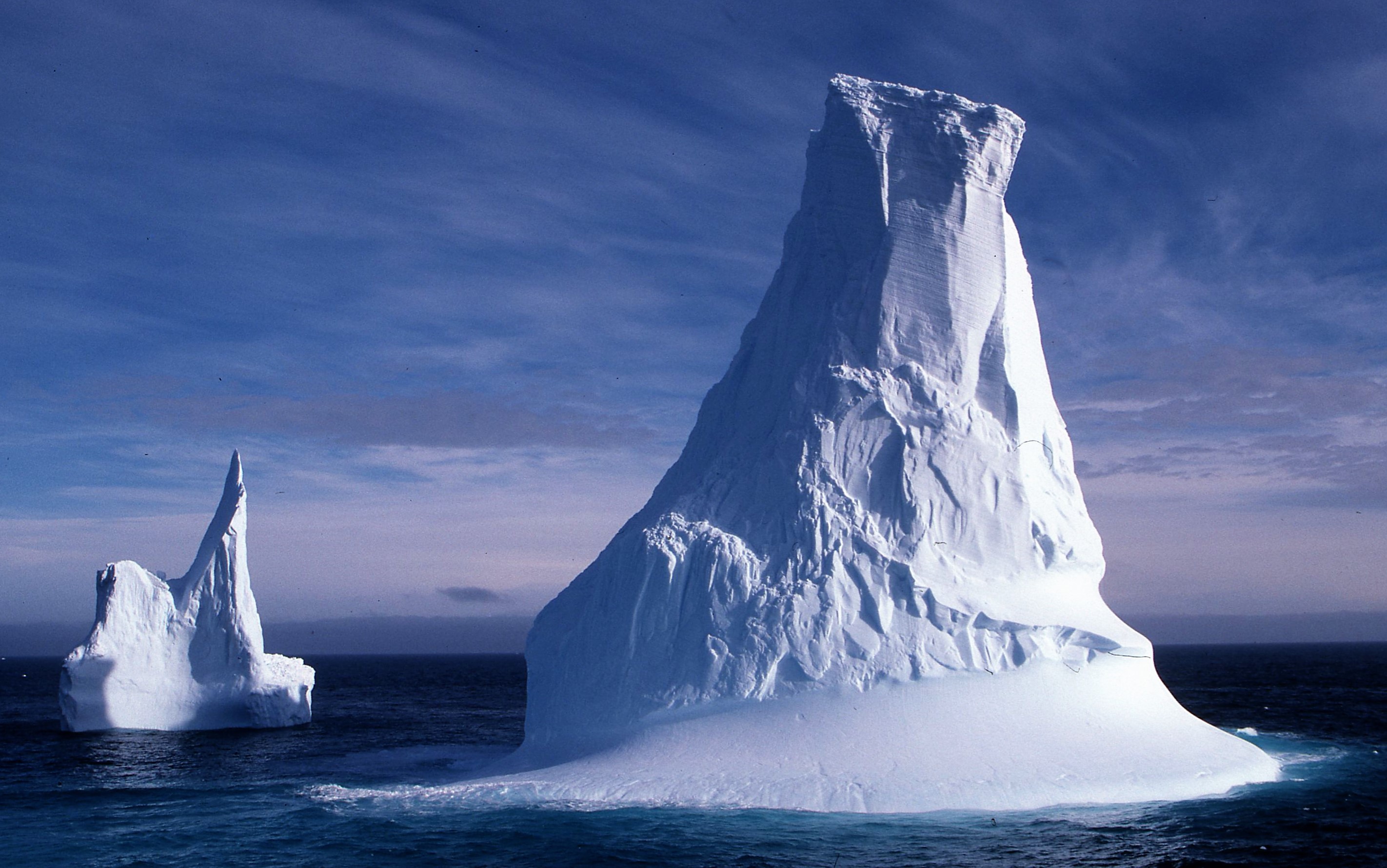
Check out these 250-foot ice flows in Antarctica. * Photo: Ted Scull
Basic to all expedition voyages, the expert naturalist staff can share their respective expertise at presentations that draw on personal experience and research and with high-tech tools that reveal the underwater world directly below the ship.
In a subsequent feature, we will look at the amazing devices some expedition ships now carry that enhance understanding of the land and sea all around you, and then how to participate in exciting ventures ashore or aboard a kayak in calm waters surrounded by nature’s silent beauty. Some lines offer an even bigger treat, going ashore to camp for a night on the Antarctic Peninsula. Wowser! We will also look at the new frontiers for expedition cruises, for example, the Northeast Passage north of Russia, Bering Sea and Raja Ampat archipelago in Indonesia.

Posted In:





